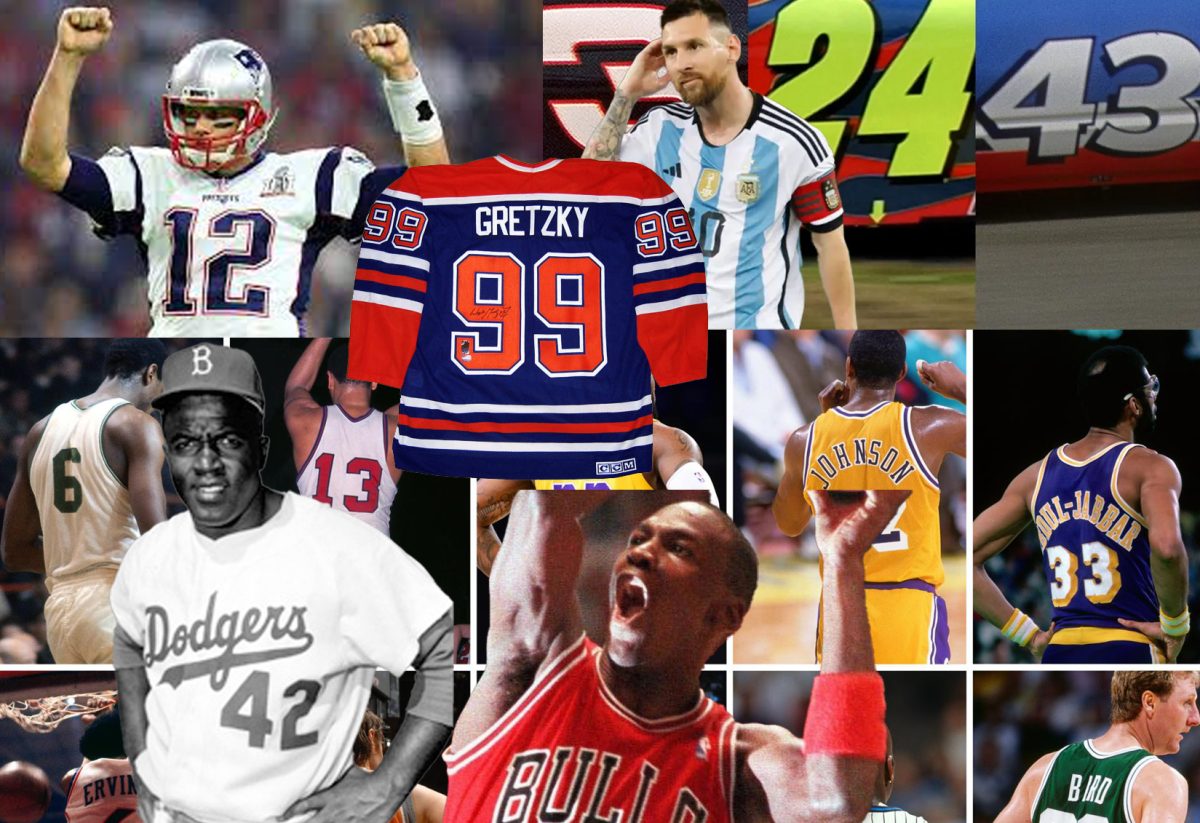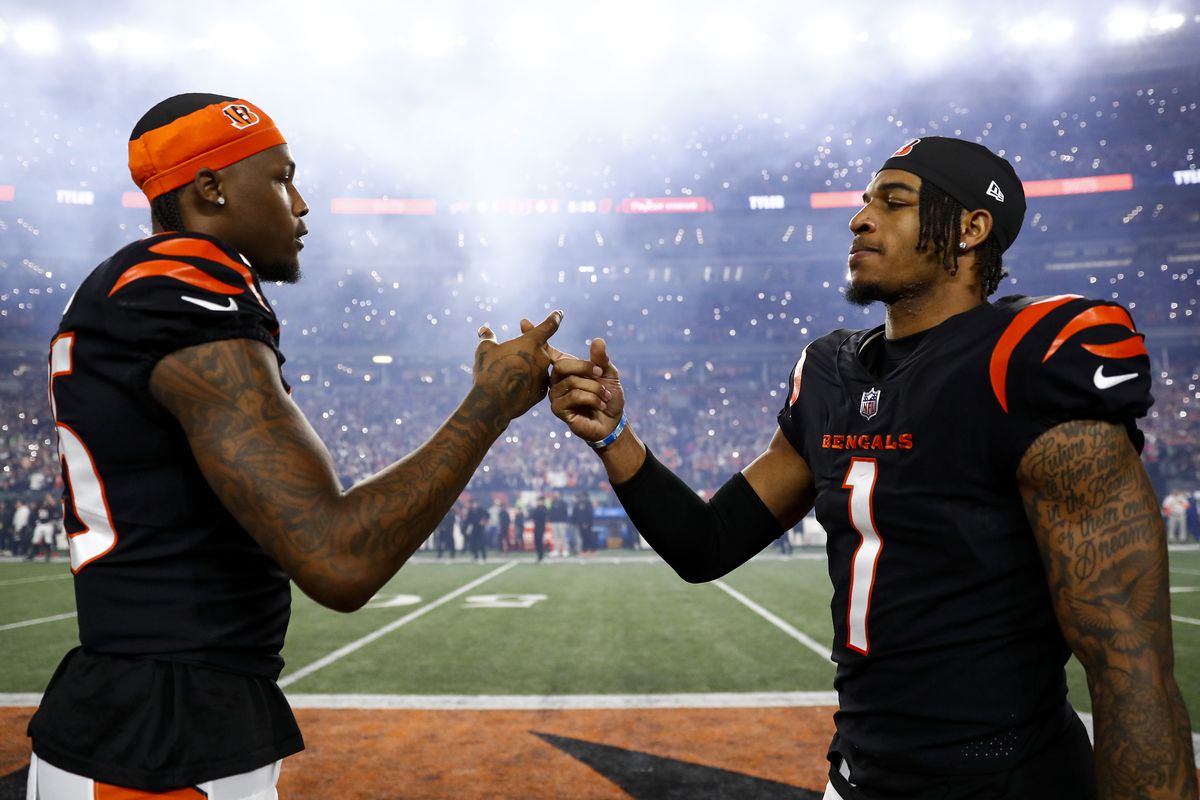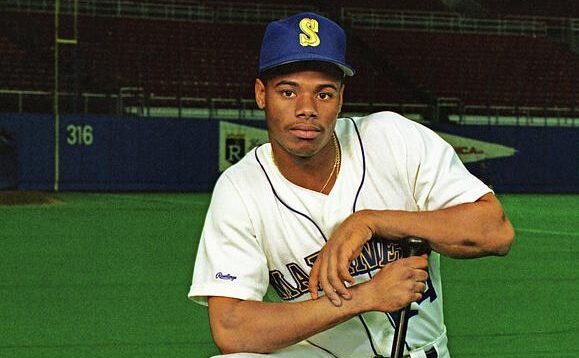It is hard to go a single day on the planet earth without seeing or using a number.
Numbers are used to tell time, measure how old we are as humans, how far we move, how much we pay for things, and even how we sleep. Numbers matter a lot to humanity and carry a lot of meaning. One area where numbers are very important are sports.
Games are decided by a final score and that number can be either higher or lower than one’s opponent. Triumphs and defeats have been decided by single digits year after year in the world of athletics.
The thing that makes sports unbelievably entertaining and relatable are the people that play them. To help distinguish them, those players are assigned different numbers. Their uniforms feature the team colors and the player’s number, something that marks them as being one of a kind.
Certain athletes have proven this, their numbers are memorable and help make them one of a kind. This article is setting out to reveal the mythos of athletes and numbers in sports, and how those numbers can define a person’s life.
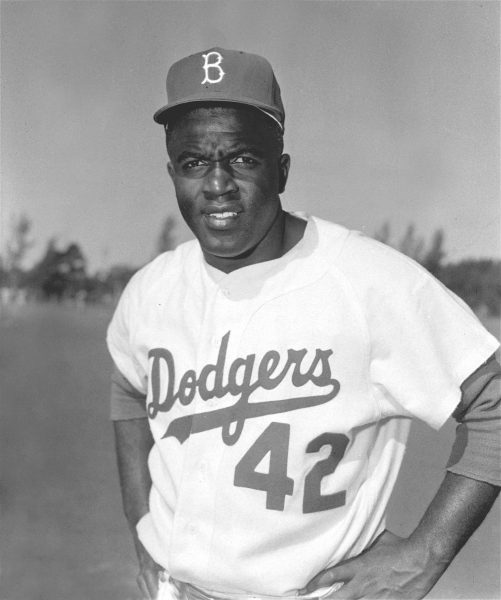
You could not talk about numbers in sports without naming some of the most famous ones. Each sport has its own player that sported a number that made them instantly recognizable.
This fact doesn’t ring truer than in baseball, and of course I am talking about #42, Jackie Robinson. The Jackie Robinson story is well known, but how the player that integrated professional baseball got his famous number, is not.
When Jackie first trotted onto the field for the Brooklyn Dodgers in 1947, he sported the number 42 and nobody knows why. Jackie wore the numbers 18 and 28 in college at UCLA, #5 for the Kansas City Monarchs of the Negro Leagues, and even #9 the former year in the Montreal Royals of the Dodgers farm team system.
Newsweek wrote, “It’s an interesting footnote considering how players today are keen on having a specific number, whether it’s the number they wore in high school or college, etc., but when the number was assigned to Jackie, no one seemed to realize the significance it would have to the sport.”
Regardless of how it started for Jackie, he proved his worth on the diamond and as a human in his first few years in Brooklyn, and even helped bring the Dodgers a World Series win in 1955. When Jackie retired in 1957, he would have never thought of how the world perceives him today.
The current Los Angeles Dodgers have a statue of him in front of the stadium, and many stadiums around the country have them too. Besides also having his own official holiday on April 15th every year, the MLB honors his legacy by having every player wear an unnamed 42 on the back of all of the jerseys. When his most recent biopic came out in 2013 its name was simple, 42. You don’t have to know about sports to know about how important the number 42 is; a legacy unlike any other in sports history.
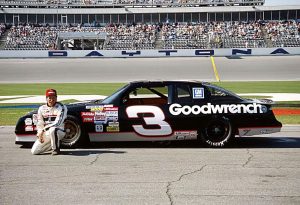
Other athletes have far reaches in sports, and their stories and numbers have special meaning too. To wear these numbers means to be a different breed of athlete, a G.O.A.T. of sorts, the greatest of all time. You see these numbers and depending on the sport you think of some mythical greatness.
For football, Tom Brady’s #12 is iconic in the sense that he wore it during his time with the Patriots dynasty, and with the Buccaneers, too. People tend to forget he was actually number 10 in his days at Michigan, but when you think of Tom Brady, you think of 12.
It is similar in hockey. Nicknamed “The Great One”, Wayne Gretzky won four Stanley Cups with four different NHL teams. He did this all wearing #99 which is now hockey’s most famous number.
In Nascar, “the King”, Richard Petty drove the iconic blue 43 Plymouth Superbird winning 200 races and seven Nascar Championships. It is arguably not the most iconic number though, because soon Dale Earnhardt showed up in his legendary Black Chevy Goodwrench, with the giant #3 On the other hand, the sport of racing changed forever. Drivers in the 80’s and 90’s knew if they saw that #3 behind them, “the Intimidator” as Dale was known, would be passing them, even if he had to put them in the wall.
Dale finished his career after his tragic death during the Daytona 500 in 2001, but racked up 76 wins and tied the king for seven Nascar Championships. That is almost a superpower in sports, what we associate the number with the person, and the person with the greatness. You could see a simple #12 or #3 and get scared as the opposing team, you could see the #99 or #43 and be struck with awe and wonder at the icon behind the number. That is a power that these numbers have, they elevate the man.
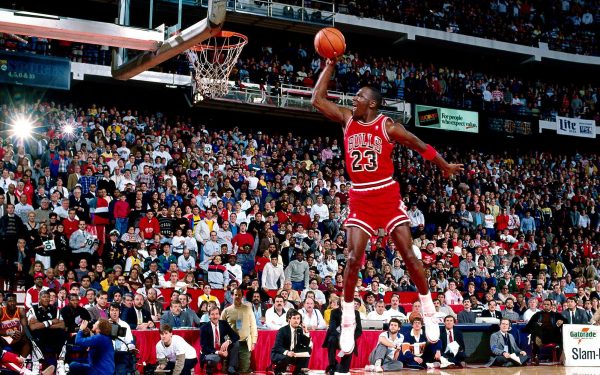
Numbers truly do elevate the athlete, but sometimes it comes down to which number? Michael Jordan will be famous forever as being the man who made #23 iconic with the Chicago Bulls and North Carolina. There was and never will be someone quite like MJ, his high flying theatrics, and ability to control the game no matter if he was ahead or down is the stuff of legends. He won six NBA Championships, and is considered arguably to be the G.O.A.T. of basketball. He made the #23 what it is today.
Fun fact, one time Jordan’s jersey was stolen and he wore an unnamed #12 Bulls jersey. More known, but many people forget his stint as #45 with the Bulls in his 1995 return from baseball. Jordan wore 45 with the White Sox, and it was his baseball number in high school. When he made his return the Bulls had already retired #23, and even gave him a statue at the United Center. He wore 45 for the Bulls.
Jordan wrote in his autobiography, “When I came back, I didn’t want to play in the last number that my father had seen me wear, because he wasn’t around, I thought of my return as a new beginning.” Jordan’s father had sadly been murdered in 1993, and the pain still haunted Michael. After ironically twenty three games, Jordan had the Bulls unretire #23 and he went back to the number and his winning ways.
His famous #23 inspired another legend, Lebron James, who wore the number at St. Vincent St. Mary’s High School in Akron, before wearing it for the Cleveland Cavaliers. When traded to the Heat he changed to #6 to honor Michael Jordan. Since then he has worn #23 and #6 for the Cavs and Lakers, which begs the question: what is Lebron’s iconic number? He won two rings in #6 and two in #23 so the debate is up for grabs.
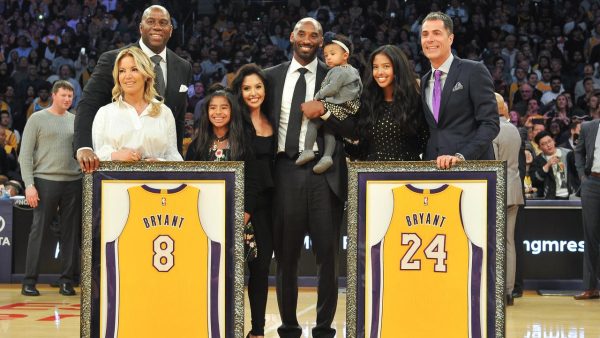
This is similarly the case with Kobe Bryant. Kobe wore #33 in high school at Lower Merion High School, but when drafted by the Los Angeles Lakers wore #8. Bryant had already proven that he was an all time talent, when in 2006 he changed to #24. Kobe said that it was to prove that he was maturing as a man and athlete, but many believe that it was to show that he wanted to be better than his inspiration MJ (#23), thus the #24 became The Black Mamba’s new number. After Kobe Bryant’s tragic passing in 2020, it seemed like the legend of Kobe only grew, and “Mamba Mentality” became a way of telling that a player reflected Kobe’s greatness, which is hard to do. Bryant finished with five NBA championships, but you cannot choose between both #8 and #24, because both hold the status of a man who was larger than life.
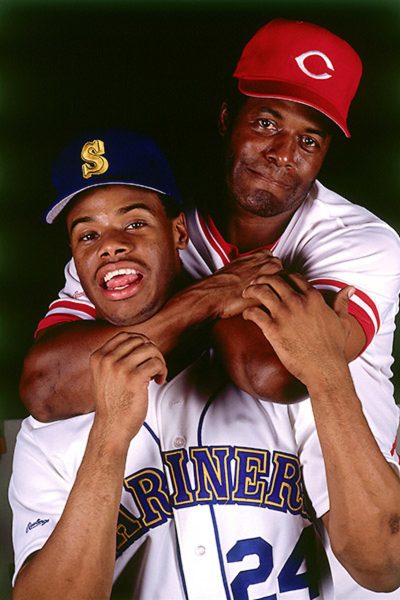
The last point about athletes’ numbers that I want to point out is the special connection that the players themselves have with them. I always chose the #2 on my jersey whenever I could because my dad always wore it when he was little because he is David Richmond II. I guess if I was named David, I would have #3 be my number, but the bottom line is I always wore #2 out of respect for my dad.
Similarly, Ken Griffey Jr. had a famous number switch in his time in the MLB. Griffey wore #24 at Moeller High School and all the way through his Seattle Mariners career. He wore #24 because he loved Willie Mays who first made #24 the second most famous number in baseball history.
In 2000, one of the biggest and expensive trades in baseball history happened when Ken Griffey Jr. became a Cincinnati Red. Griffey couldn’t be #24 anymore because the Reds had retired it because of Tony Perez. “The Kid” who always wanted to be like his Dad decided to change his number to #30 because of Ken Griffey Sr. who wore the number when he was a part of the famous “Big Red Machine” of the 70’s that won two World Series.
Griffey quickly proved that Reds fans would have to remember two 30’s in their history because the superstar brought the fanbase many memorable moments of the years. Near the end of his career he changed his number again to just #3 to honor his three kids. When Griffey got inducted into the Professional Baseball Hall Of Fame, he wore his iconic #24, but Jr. will never forget #30 and the times playing with his father.
Many athletes sport their dad’s number whenever possible. Brothers Steph, and Seth Curry wear #30 because of their dad, Dell. Dale Earnhardt Jr. occasionally rocks the classic #3 in his car like his dad did, and recently Bronny James started wearing #6 at USC just like his dad wore with the Miami Heat.
Numbers don’t just distinguish the athlete, it marks the athlete with something that represents who they are. The number is a part of them almost, it’s in their DNA. These numbers on the back of athletes jerseys are almost as important as the last names on their back, just ask Ochocinco!
Without numbers, we wouldn’t have these amazing athletes being so iconic in the way that they are, so I, for one, am thankful for numbers.




